Creativity Through Constraint: Embracing Limitations to Unlock Innovation
Have you ever noticed that sometimes the less you have, the more creative you become? It's a counterintuitive concept, but there's a certain magic in limitations that can ignite the most innovative solutions. This is the art of "creative limitation," a paradox where constraints become a canvas for creativity.
One incredible example is Theodor Geisel, whom most of us know as Dr. Seuss. Before the whimsical lands of Whoville and the Cat in the Hat, Geisel was an ad man bound by the strict confines of a Standard Oil contract. The limitations were so extreme he quipped that children's books were the only creative avenue left open to him. But even there, his initial works met with mediocre success. It was a vast universe of possibilities, yet his stories lacked impact. Only when he imposed stricter limits on his writing did he begin to weave the narratives we now cherish.
Consider the iconic "The Cat in the Hat." It sprung from a vocabulary list of merely 250 words, a restriction aimed at making reading delightful and educational for children. This constraint birthed the unique rhythm and repetition that became synonymous with Dr. Seuss. His book was more than a publication; it was a revolution in children's literature.
But Dr. Seuss didn't stop there. He took on a $50 bet to craft a story using just 50 words. The outcome? "Green Eggs and Ham," a book that not only became his all-time bestseller but also a cultural staple. Seuss's experiences remind us that creativity doesn't stem from abundance; rather, it's often summoned by scarcity. Every word was a battle, he said, yet through those battles emerged a creativity that would have been unfathomable with a blank check of options.
Dr. Seuss' plight illustrates a broader principle that applies well beyond the realm of children's books. It's the principle of creative limitation at work, which can be found in all sectors, including the stringent world of business and finance. Take, for instance, the investment approach advocated by Warren Buffett as described by his partner Charlie Munger. Buffett proposed a hypothetical scenario to students where their entire financial future depended on a limited number of investment punches—only twenty in a lifetime. Under such constraints, he argued, you'd ponder deeply about each decision, leading to significantly better outcomes. This metaphorical "20-slot punch card" embodies the essence of creative limitation in finance: with fewer choices, we're compelled to make more thoughtful, and often, more successful decisions.
So, why do constraints breed creativity? When options are limitless, the decision-making process can be hampered by the paradox of choice. Too many options can lead to decision fatigue, less satisfaction, and a stunted creative process. Limitations, however, force us to explore depths and angles we wouldn't otherwise consider. They push us to look at resources and solutions right under our noses, to make do and innovate with what we have. It's a mental model that turns scarcity into opportunity.
Take the tech industry, for example, where the 'minimum viable product' (MVP) concept thrives. Startups often launch products with just enough features to satisfy early adopters. This constraint is not just a budgetary consideration but a strategic one that encourages ongoing user feedback and iterative design—a process that can lead to more user-focused and innovative products than if they had aimed for a feature-complete product right out of the gate.
In the creative arts, limited palettes or genres can lead to new artistic movements. Haiku poetry, with its strict structure, has conveyed profound emotions and observations within a tight three-line framework. In music, artists have turned genre limitations into signature sounds that define eras. The blues, for instance, emerged from the depths of human experience with simple chord progressions, yet it has given rise to some of the most soul-stirring music in history.
Now, let’s bring this concept closer to home. Think about your own life and work. When you face resource constraints, instead of viewing them as a dead end, see them as a detour sign guiding you towards an unexpected, potentially more fruitful path. What if having less time, money, or manpower isn't a disadvantage but an impetus for innovation? It's a shift in perspective that could lead you to discover more efficient processes, novel ideas, or untapped markets.
The next time you find yourself wishing for 'more'—more resources, more team members, more budget—pause and reframe the challenge. Ask yourself: What can I achieve with what I already have? How can I turn these limitations into a strength? It’s within these constraints that you might find your most brilliant ideas waiting to be uncovered.
Reflect on the stories of Dr. Seuss and Warren Buffett. Their successes were not in spite of their constraints, but because of them. They harnessed the power of limitation to channel their focus and creativity, achieving results that were not just effective, but extraordinary.
Embrace your constraints. Let them be the catalyst that propels you to innovate and think outside the proverbial box. The struggle is real, but so is the potential for greatness on the other side of it. So, the next time you’re faced with “less” than you think you need, remember that it might just be the hidden opportunity for more—more creativity, more innovation, and perhaps, more success than you ever imagined.
And with that thought, I invite you to share your experiences. When did a limitation lead you to a creative breakthrough? How did constraint fuel your innovation? Share your stories; I'm eager to hear how you turned a less into a more.











